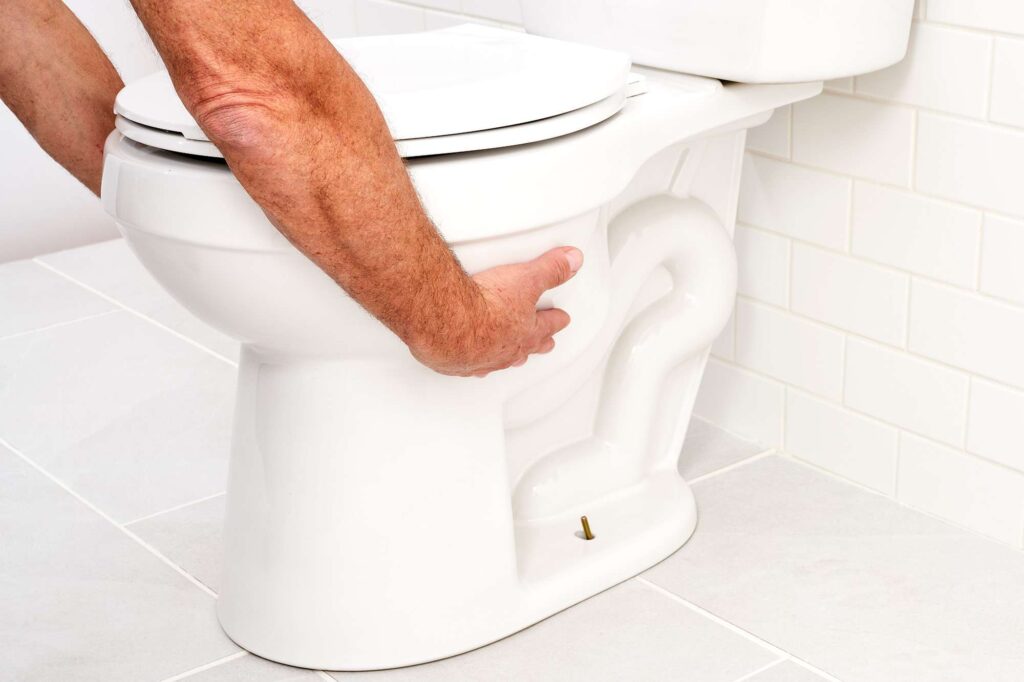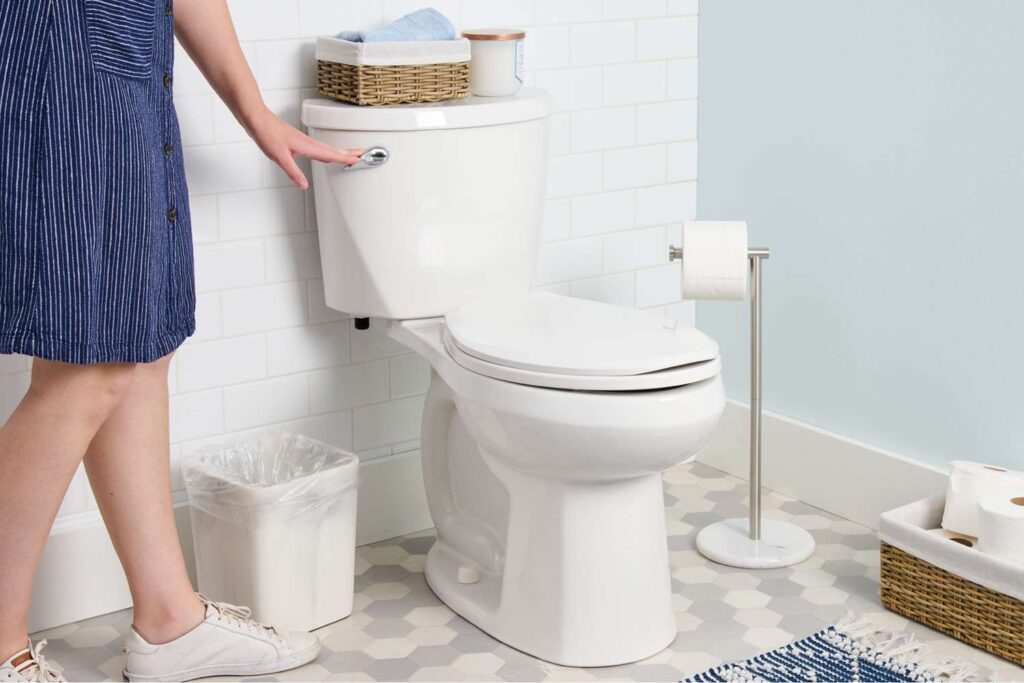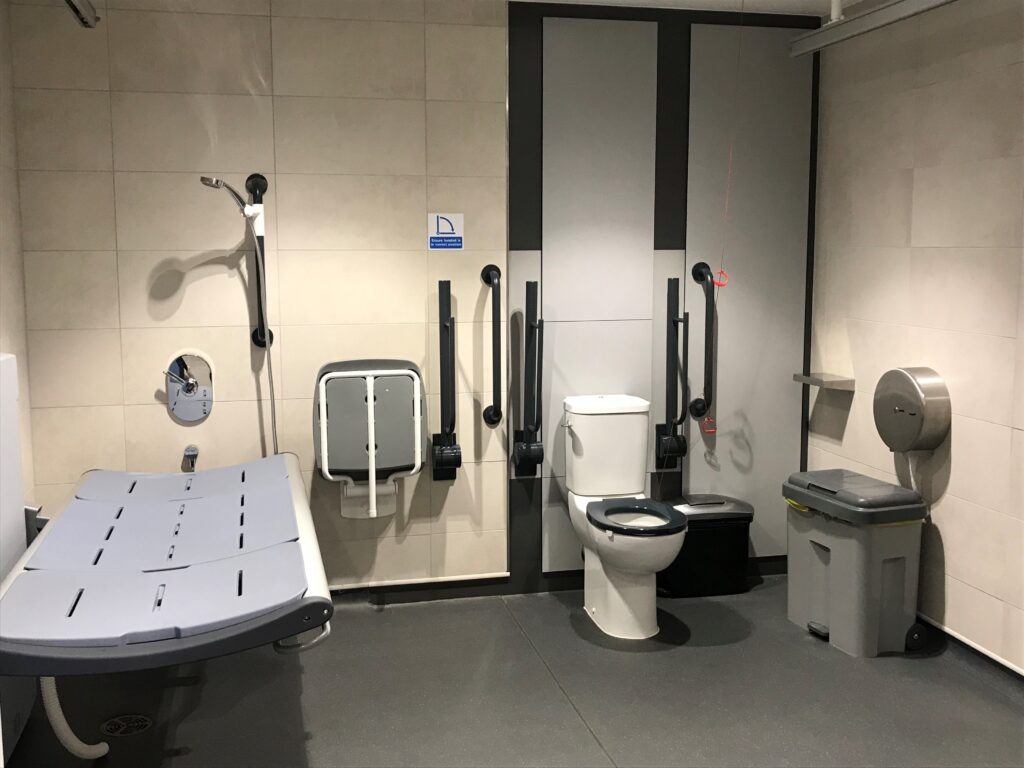Introduction to the current state of toilets and hygiene
Toilets and hygiene are two essential components of our daily lives. However, despite their significance, the current state of toilets and hygiene is far from ideal. This lack of proper sanitation contributes significantly to the spread of diseases and negatively impacts overall health and well-being.
Additionally, conventional toilets also contribute to environmental pollution through sewage overflow and improper waste disposal.
Moreover, maintaining proper hygiene in public restrooms can be challenging due to high traffic and inadequate cleaning measures. The lack of proper handwashing facilities in many public restrooms also poses a threat to personal hygiene.
The need for innovation in toilet design:
New technologies such as vacuum-assisted flush systems reduce water usage significantly while still maintaining efficiency in removing waste. Dual-flush mechanisms allow users to choose between low or high-volume flushing options depending on their needs further saving water consumption.
Conclusion:
The current state of toilets and hygiene is far from satisfactory.
What is a new toilet design and how does it work?

A new toilet design refers to the latest advancements and innovations in the technology used in toilets. These designs aim to revolutionize the way we use and perceive toilets, making them more efficient, sustainable, and hygienic.
One of the key elements of a new toilet design is water conservation. Traditional toilets use a large amount of water per flush, leading to wastage and increased water bills. This not only saves water but also promotes sustainability by reducing our carbon footprint.
Another important aspect of new toilet designs is hygiene. Some models even have built-in bidet functions for improved personal hygiene.
Another trend in new toilet design is comfort and convenience. Many toilets now feature heated seats and adjustable heights for added comfort during use.
They can also come equipped with noise-reduction technology for a more peaceful bathroom experience.
But how do these innovative features work? New toilet designs have transformed bathrooms into more efficient, sustainable, and hygienic spaces.
Benefits of the new toilet design for hygiene
The new toilet design has revolutionized the way we think about bathroom hygiene. One of the biggest benefits of the new toilet design is its improved sanitation features. The new designs have touchless flushing mechanisms, either with sensors or foot pedals, reducing contact with potentially harmful surfaces. This not only minimizes the risk of spreading illnesses but also promotes better hygiene by eliminating cross-contamination.
In addition to touchless flushing, many new toilet designs also incorporate self-cleaning technology. This not only saves time and effort but also ensures a clean and hygienic surface for every use.
Another significant advantage of these modern toilets is their emphasis on comfort and ergonomics. These features not only enhance user experience but also contribute to maintaining a clean and hygienic environment in the bathroom.
The new toilet design has numerous benefits for hygiene.
Environmental impact and sustainability of the new design
One major aspect of the new toilet design is its reduced water consumption.
Moreover, manufacturers are now incorporating features such as dual-flush systems into their designs. This allows users to choose between a full or partial flush depending on their needs, further reducing water usage.
In addition to water conservation, another important aspect of sustainability in toilet designs is material usage. The production process for traditional porcelain toilets requires large amounts of energy and resources. As a solution, some companies have started using more sustainable materials such as bamboo or recycled plastic in their designs.
This not only reduces energy consumption but also creates a more pleasant atmosphere in restrooms.
Cost comparison between traditional and new toilets

When it comes to bathroom hygiene, the toilet is one of the most important fixtures. As technology advances, there have been significant improvements in toilet design that aim to enhance cleanliness and overall bathroom experience. One factor that may influence a person’s decision when choosing between traditional and new toilets is the cost.
In terms of initial cost, traditional toilets have a clear advantage. On average, a traditional toilet may cost anywhere from $100 to $400 depending on the brand and features. This price range makes them affordable for most households.
The advanced technology incorporated into these toilets means they come with a higher price tag. Depending on the brand and features, new toilets can range from $500 up to several thousand dollars. However, it’s essential to consider that this initial investment can lead to long-term savings.
One of the main advantages of new toilets is their water efficiency.
Another aspect where new toilets excel is in durability and maintenance costs. Traditional porcelain bowls are prone to cracks and leaks over time, leading to costly repairs or replacements eventually. Newer models often feature durable materials such as ceramic or vitreous china which are more resistant to wear and tear.
Not only does this save time and effort, but it also reduces the need for purchasing cleaning products.
Ultimately, investing in a new toilet may be a wise choice for both hygiene and financial reasons.
The role of technology in the future of toilets
The incorporation of technology into toilets not only improves their functionality but also provides numerous benefits for hygiene and sustainability.
One major aspect of technology in toilets is the development of smart toilets. Another aspect of technology in toilets is the use of bidet systems.
In addition to improving hygiene, technology in toilets also plays a crucial role in sustainability efforts. One example is the use of low-flow flush systems which reduce water consumption by up to 70%. This not only conserves one of our most precious resources but also helps save money on utility bills. This innovation not only saves water but also contributes positively towards sustainable living practices.
Technology has a significant role to play in the future of toilets. From improving hygiene and sustainability to incorporating AI for health benefits, the potential advancements in toilet technology are endless.
Potential challenges and drawbacks of the new design
The new toilet design has certainly brought about many exciting changes and advancements in hygiene.
One of the main concerns is the cost. This could be a barrier for many people who may not have the financial means to make such a change. Additionally, there may be ongoing maintenance costs associated with these toilets, which could add up over time.
Another challenge is the learning curve required to use these toilets properly. While they may seem straightforward to use, some individuals may struggle with understanding how to operate them effectively. This could lead to misuse or even damage to the toilet itself if not used correctly.
Furthermore, there are concerns about accessibility for individuals with disabilities or mobility issues.
There are also environmental considerations when it comes to this new toilet design. Moreover, producing and disposing of these sophisticated toilets can also contribute significantly to carbon emissions.
Additionally, privacy is another aspect that needs addressing with this design. The open-concept layout of some models may make users feel exposed and uncomfortable in public restrooms.
One cannot overlook the cultural factors that need consideration before widespread adoption of this new toilet design globally.
How this new toilet design is changing public restrooms

This is where the new toilet design comes into play.
One of the major changes that this new toilet design brings to public restrooms is touchless operation. Not only does this promote better hygiene practices, but it also provides a more convenient experience for users.
In addition to touchless operation, these new toilets also incorporate features such as self-cleaning functions. This means that after each use, the toilet automatically cleans itself with powerful jets of water and disinfectants. The result is a cleaner and more sanitary environment for all restroom visitors.
Another innovative feature of this new toilet design is its water-saving capabilities. This not only saves water but also reduces overall maintenance costs for public facilities.
Furthermore, these updated designs also focus on addressing accessibility concerns in public restrooms.
This could potentially help identify early signs of various diseases such as diabetes or kidney problems.
This not only provides a more pleasant experience for users but also reflects positively on the image of the facility.
These improvements not only promote better hygiene practices but also enhance the overall experience for users in public facilities.
Conclusion: Will the new toilet design become the norm?
The new toilet design has the potential to become the norm in bathrooms worldwide.
Firstly, the incorporation of bidet functionality into the toilet is a game-changer. The new toilet design eliminates these drawbacks by seamlessly integrating a bidet spray into the bowl itself. This not only saves space but also reduces water usage as there is no need for a separate plumbing system.
Moreover, the self-cleaning feature of these toilets addresses one of the biggest complaints about traditional toilets – hygiene. This significantly reduces the spread of germs and bacteria, making them an ideal choice for public restrooms.
Another aspect that sets this new toilet design apart is its focus on sustainability. Traditional toilets use a significant amount of water per flush, contributing to wastage and increasing water bills. However, with dual-flush options and low-flow mechanisms, these new toilets reduce water consumption by up to 80%. Additionally, some models even come equipped with sensors that adjust flushing power based on usage, further conserving resources.
It’s clear that this new toilet design offers numerous advantages over traditional ones. It may take time for them to become more accessible and affordable for everyone.
With its combination of bidet functionality, self-cleaning features, and sustainability efforts, it offers a superior alternative to traditional toilets. While there may be some challenges to widespread adoption, it’s clear that this innovative design has a promising future ahead.

